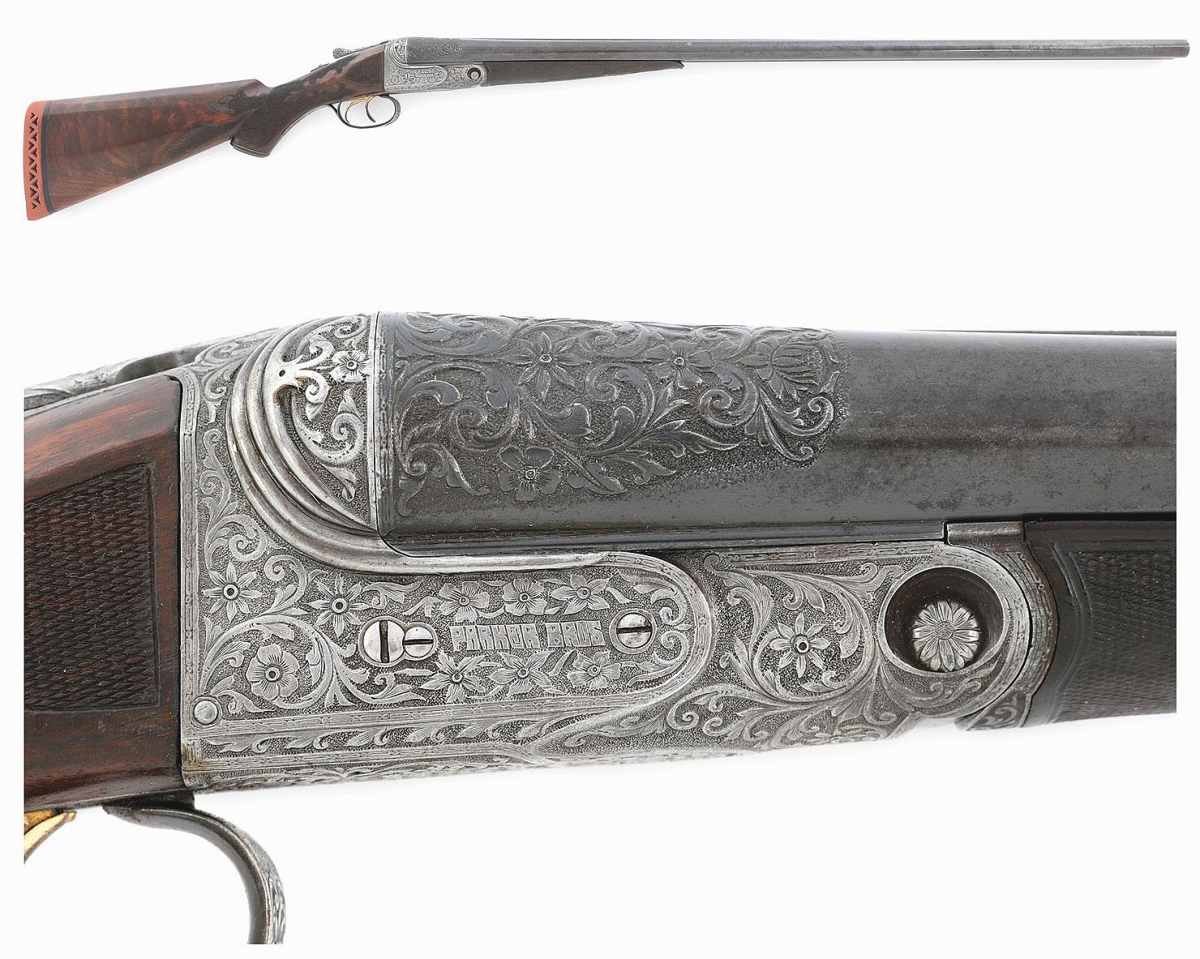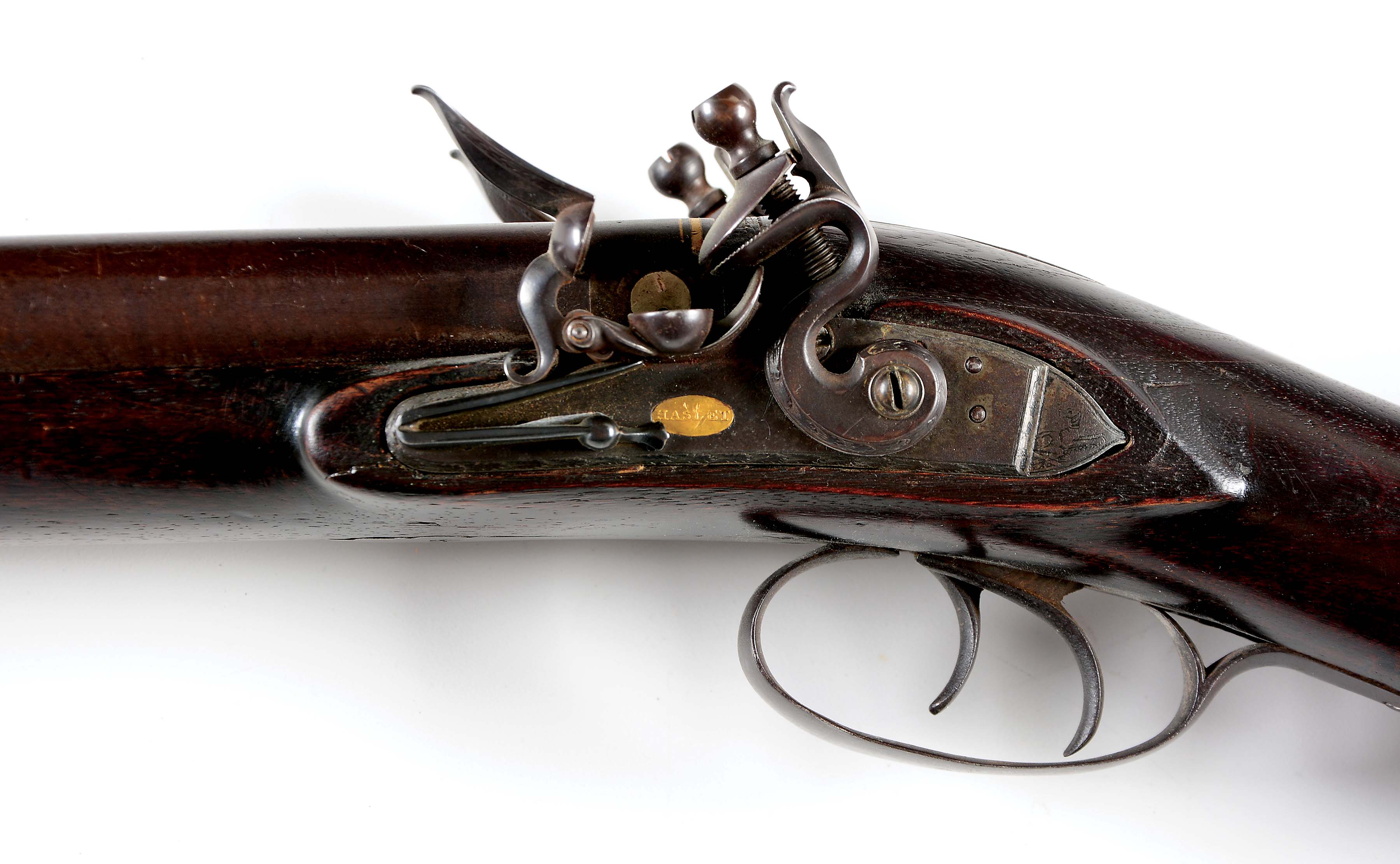
This was exactly the problem my skeet-shooting acquaintance ran into with his Stevens 311. Since this was the beginning of the move to non-toxic (originally steel) shot, few people hunted ducks with them, and hunting grouse with them was a forlorn hope. They had long barrels, tight chokes, and too much drop. Smiths were originally intended primarily as duck guns. The market for side-by-sides in the 1980s and ’90s consisted largely of upland-game hunters. Around the same time, Marlin tried to market a boxlock bearing the L.C. In the 1960s, Savage sold a “Fox” that was, in reality, just a spiffied-up Stevens 311. At various times, the famous names were attached to guns that bore little resemblance to the originals. It lasted only a couple of years, produced few guns, and disappeared in a thicket of unpaid bills.Īmerica’s original double-gun companies-Parker, Fox et al.-had all been swallowed up around the time of the Great Depression. The third attempt at reproduction, the Ithaca, was tried as a stand-alone company, with guns made in America. Fox is still in production, but likely would not be if he did not have a substantial company to back it up. 1902?), Baker Gun & Forging Co., Grade C boxlock (Mfg. 1888), Syracuse Arms Co., Syracuse, Grade AE (Mfg. Their values range from $100 to $3,500 or more depending on make, model, decoration, if any, and relative rarity.From Left to Right: American Arms Co., A.E. Today these guns are becoming recognized as interesting and valuable collectibles in their own special niche. Sears customers were not aware of this, but they did trust Sears name and bought many millions of these shotguns over nearly 100 years that Sears was in the business. Co., Marlin, Hunter Gun Co., Baker Gun Co., and probably a few others.

Among the best-known American companies were J. They were made for Sears to Sears' specifications by a number of American firms and a few foreign ones as well, all of which produced excellent shotguns under their own names. These guns were of good quality but sold at bargain prices which gave them tremendous appeal. Arbrey Gun Co., New England, Gladiator, Berkshire, Ranger, Eastern Arms Co., J.C. & Co., Triumph, Thomas Barker, Sam Holt, Chicago Long Range Wonder, American Bar Lock, Meriden Fire Arms Co., Norwich, A. Frequently seen and important in the market segment which many might describe as affordable doubles are some of the most often seen Sears trade names or brands. In fact, many of these brands clearly rollmarked on guns are now unfamiliar to many collectors. Sears marketing people gave birth to and successfully exploited many house and private brands which we no longer associate with Sears at all. These doubles, like many other firearm products handled by Sears, were listed in its very detailed semi-annual catalog from about 1892, when the company first offered doubleguns, until about 1988 when social and political pressures made the company stop handling firearms. To increase sales volume, however, Sears also created its own brands which they supported with innovative design, extravagant advertising claims, unbeatable pricing and excellent quality control.

Between 18, the world's largest mail order house carried a huge inventory of sporting doubleguns, including any foreign and domestic brands whose makers did not object to Sears' famous price discounts.


 0 kommentar(er)
0 kommentar(er)
